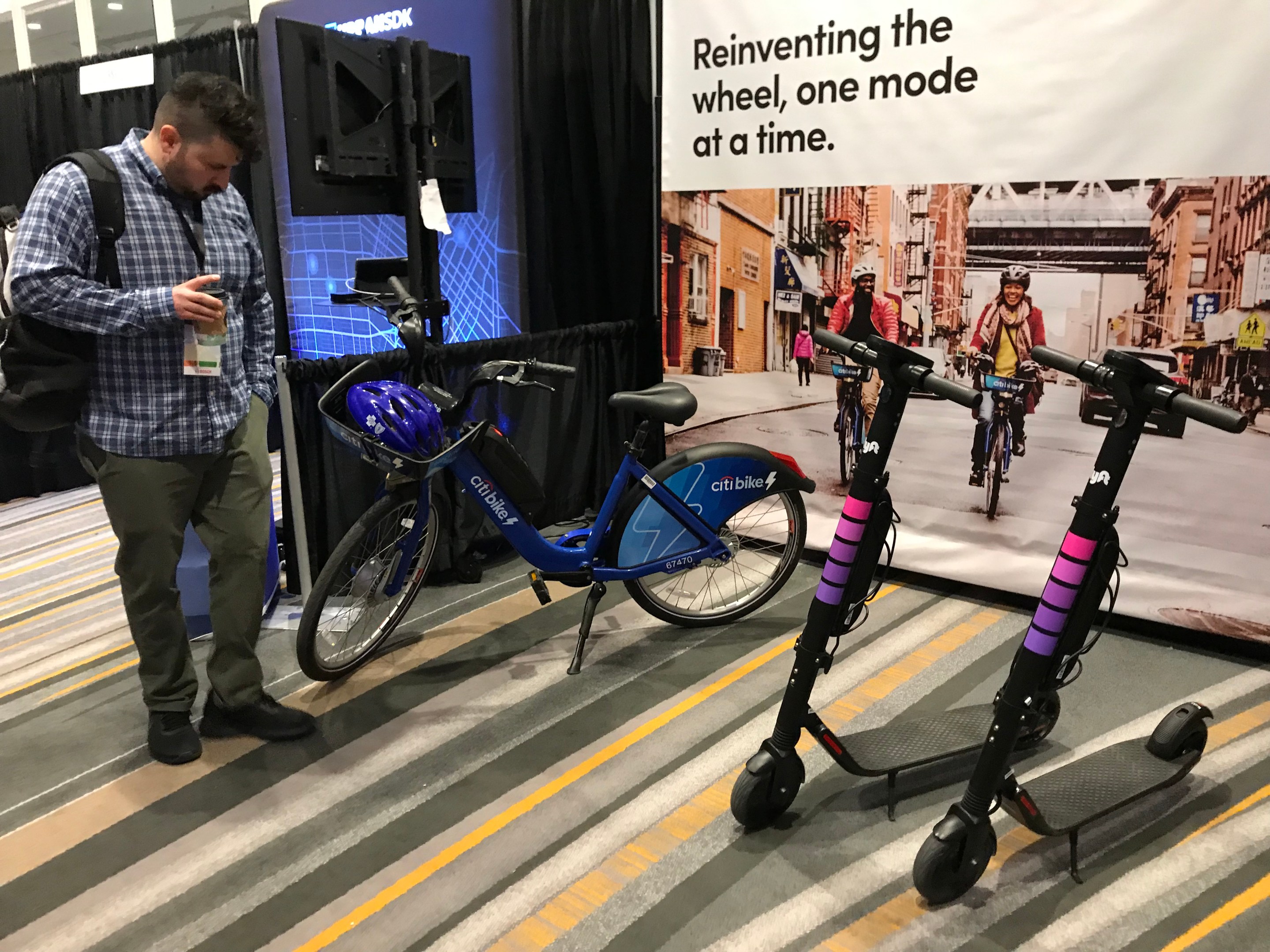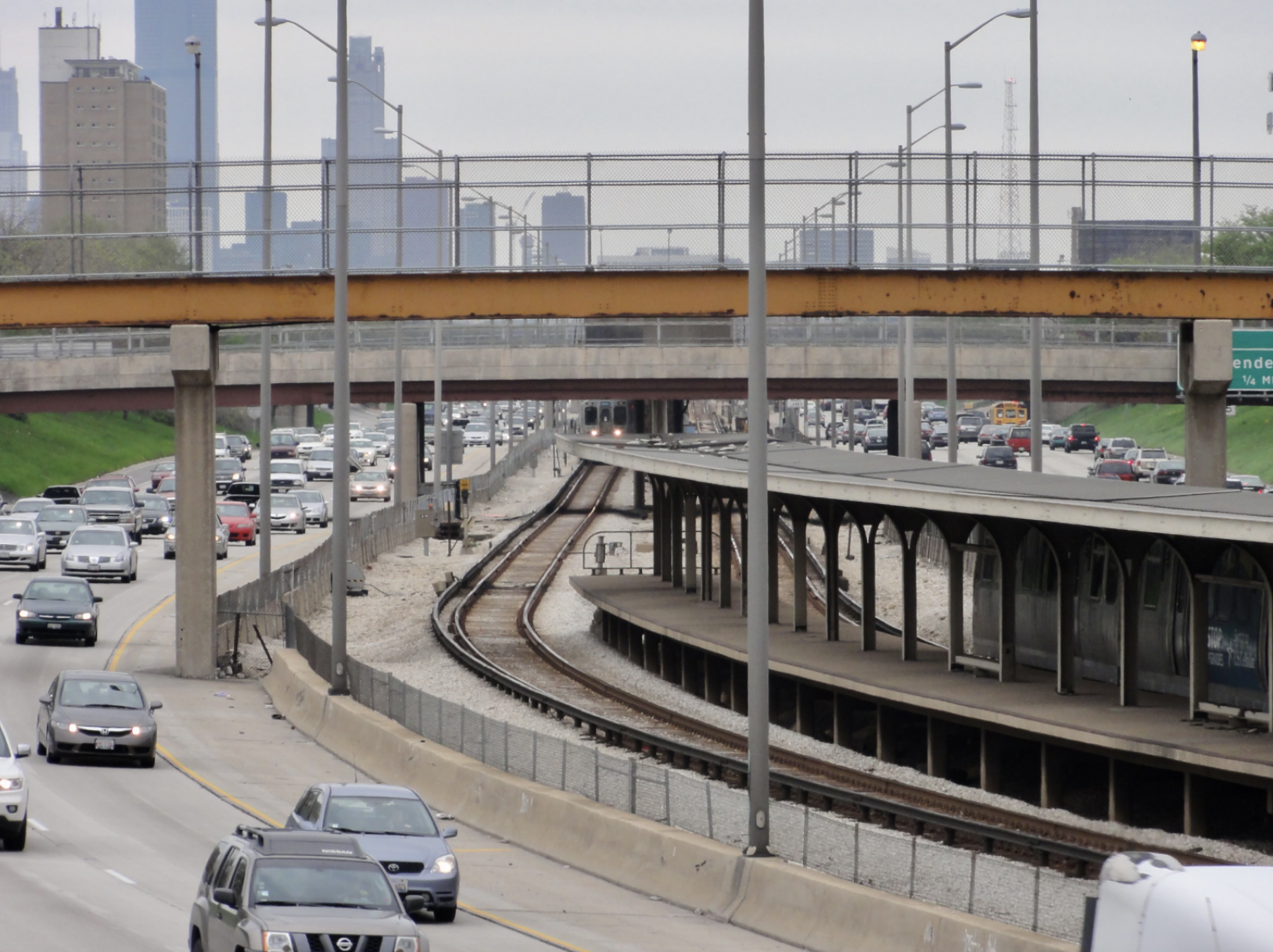Here’s an interesting tidbit from last week’s City Council meeting. The legislative session took place the day after Rahm Emanuel announced plans for a new Divvy sponsorship deal with current concessionaire Lyft/Motivate, which may be approved at a City Council meeting on April 10. All of the 10,500 new bikes that Lyft would deploy would be electrical-assist models. The Sun-Times reported that the mayor introduced an ordinance regulating “E-bikes and mobility devices.”
“The ordinance clarifies where e-bikes and scooters are allowed on city streets,” Chicago Department of Transportation spokesman Mike Claffey told me. “It modernizes the code to accommodate personal low-speed electric devices. This ordinance does not permit private scooter sharing; however we continue to listen to stakeholders and mobility providers to consider the role of scooter-sharing in Chicago that weighs both resident safety and the ability to learn from a new mobility service.”
The recently released report from Chicago’s Transportation and Mobility Task Force recommends piloting dockless electric scooters in our city.
The new ordinance expands the city’s definition of bicycle to include E-bikes, and categorizes “low-speed electric bicycles” (ones with a motor of less than 750 watts) in three classes:
- Class 1: Weighs less than 125 pounds, motor provides assistance only when the rider is pedaling, and stops providing assistance when the bike reaches 20 mph
- Class 2: No weight limit stated, motor can be used as the sole means to propel the bike, tops out at 20 mph
- Class 3: motor provides assistance only when the rider is pedaling, and stops providing assistance when the bike reaches 28 mph; or else a Class 1 bike that weighs 125 pounds or more
The ordinance states that the fully-electric, faster, and/or heavier Class 2 and 3 bikes may not be ridden in bike lanes. Nor may these types of E-bikes be ridden on sidewalks in situations where non-electric bikes may be ridden, such as if the sidewalk is marked as a bikeway, of if the sidewalk is used to travel from a parking spot to the nearest roadway, intersection, or bike path, or to access a bike-share station.
The ordinance states that, like non-electric cyclists, drivers of Class 1 low-speed bikes may pass a slower-moving or standing motor vehicle or bike on the right, but must exercise care when doing so. When approaching a vehicle with passengers exiting on the right side, the E-bike rider or cyclists must yield to those pedestrians or pass the vehicle on the left.
A “low-speed electric mobility device,” i.e. an electric scooter, is defined as being a device with no pedals, no more than 26” wide, weighing less than 100 pounds, with an electric motor that is capable of propelling the device no more than 15 mph on level ground.
The ordinance states that E-scooters must follow the same parking rules as bicycles, i.e. being parked on the sidewalk so that they don’t block the pedestrian right-of-way. Presumably this means that scooters may legally be locked to bike racks, signs posts, and poles, as is the case with bicycles.
The ordinance is one more sign that electrical-assist bike-share cycles may soon become ubiquitous in our city.



